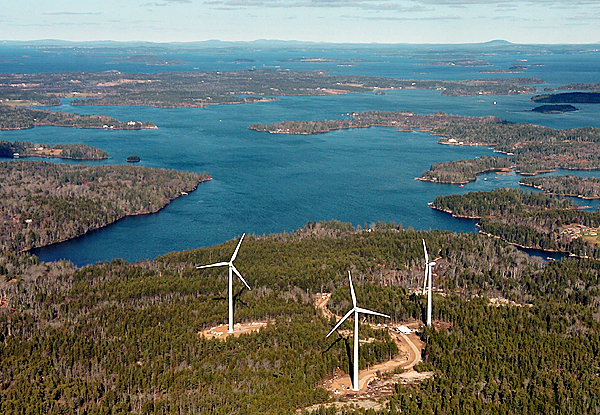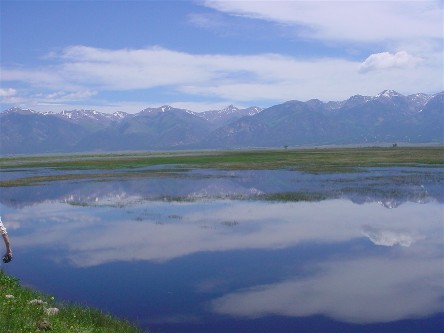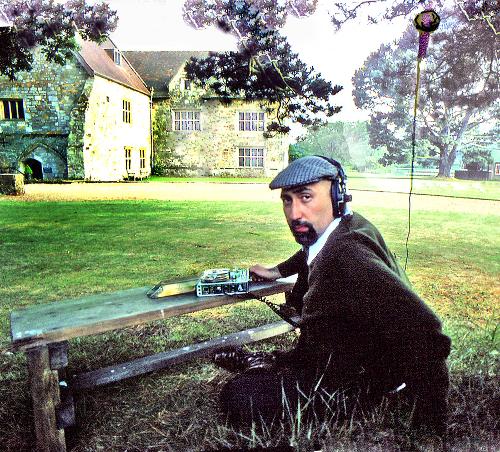Martha’s Vineyard planners visit Vinalhaven to see, hear turbines in action
Human impacts, News, Wind turbines 4 Comments »I just came across this fascinating article from the Martha’s Vineyard Times that discusses a recent trip by local residents and planners up to Maine to participate in a Sustainable Island Living conference sponsored by the Island Institute, which catalyzed the construction of the controversial wind farm on Vinalhaven.
The entire article is well worth reading, but I’ll highlight these two thoughtful comments from experienced local planners after they visited the Vinalhaven turbines:
Bill Veno, senior planner for the Martha’s Vineyard Commission, talked to some Vinalhaven residents about their concerns, and noted, “Something that strikes me is that the way communities have traditionally looked at noise and have a noise limit with decibels, that tool wasn’t really designed for the type of noise that seems to be involved with wind turbines. Because it’s not really the decibels so much, and it’s not exactly a pure tone situation, and so we’re really trying as a society to figure out where that appropriate level is.”
Veno’s wife Aubyn noted that “When we were at the site, it sounded to me like airplanes flying overhead. But then we stopped at the bus driver’s house, who lived about three-quarters of a mile away, and got out of the bus and listened from there, and it sounded really just like ocean waves do in the distance from our house on the Vineyard.” (Ed. note: this confirms that the turbines are indeed audible, even at three-quarters of a mile; if your rural home does not, in fact, have ocean waves or a constant road noise in the distance, the turbines will be a new sonic presence.)
Nick Puner, a former Westchester County planning member now living on Martha’s Vineyard, said, “The Vinalhaven turbines dominate the landscape, and they’re awesome. They’re not ugly, but they’re right on top of everything. I definitely think it’s a mixed bag.” He also felt that the sound was very close to that of the background noise that day, though clearly audible: “I didn’t think it was that dramatic, but on the other hand, I don’t dismiss that somebody could be seriously upset by the constancy of it,” he said. “One person’s music is another person’s noise.”



